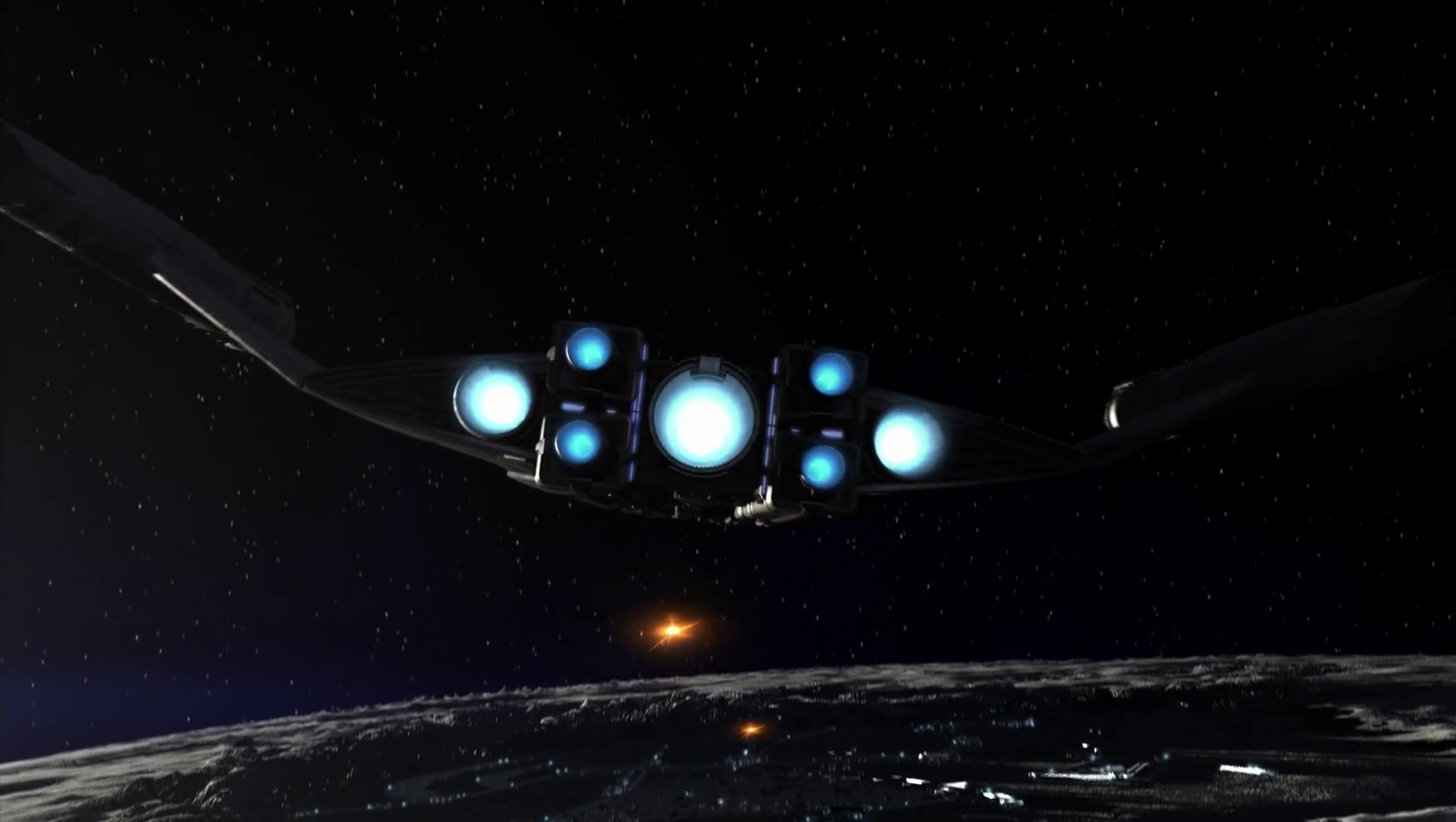In "Where No Man Has Gone Before", the Starship Enterprise encounters a battered recorder-marker from the Valiant.
The Valiant was obviously a manned starship, presumably with a crew of some size. We know that seven crew members were killed by the Valiant's encounter with the negative-energy barrier at the Galaxy's edge. Then one crewmember somehow was revived, pulling a Gary Mitchell. We know the captain was worried, and eventually either ordered or contemplated ordering the ship to self-destruct.
We can assume, therefore, that the Valiant was large enough to house at least a crew of eight, and possibly significantly more. If ENT is any guide, the upper end of the Valiant's crew size was less than that of the NX-01 Enterprise. Archer's ship was supposedly state-of-the-art of its time and no ship design had been so ambitious up to that point. (a century later after Valiant) So I'm assuming Valiant could not have a crew the size of Archer's Enterprise (83).
I seem to remember some images from the Star Trek Encyclopedia in the 1990s.
Does anyone have access to that Encyclopedia? I'd like to see images of what the Valiant might have looked like.
Has anyone else imagined the Valiant?
The Valiant was obviously a manned starship, presumably with a crew of some size. We know that seven crew members were killed by the Valiant's encounter with the negative-energy barrier at the Galaxy's edge. Then one crewmember somehow was revived, pulling a Gary Mitchell. We know the captain was worried, and eventually either ordered or contemplated ordering the ship to self-destruct.
We can assume, therefore, that the Valiant was large enough to house at least a crew of eight, and possibly significantly more. If ENT is any guide, the upper end of the Valiant's crew size was less than that of the NX-01 Enterprise. Archer's ship was supposedly state-of-the-art of its time and no ship design had been so ambitious up to that point. (a century later after Valiant) So I'm assuming Valiant could not have a crew the size of Archer's Enterprise (83).
I seem to remember some images from the Star Trek Encyclopedia in the 1990s.
Does anyone have access to that Encyclopedia? I'd like to see images of what the Valiant might have looked like.
Has anyone else imagined the Valiant?


